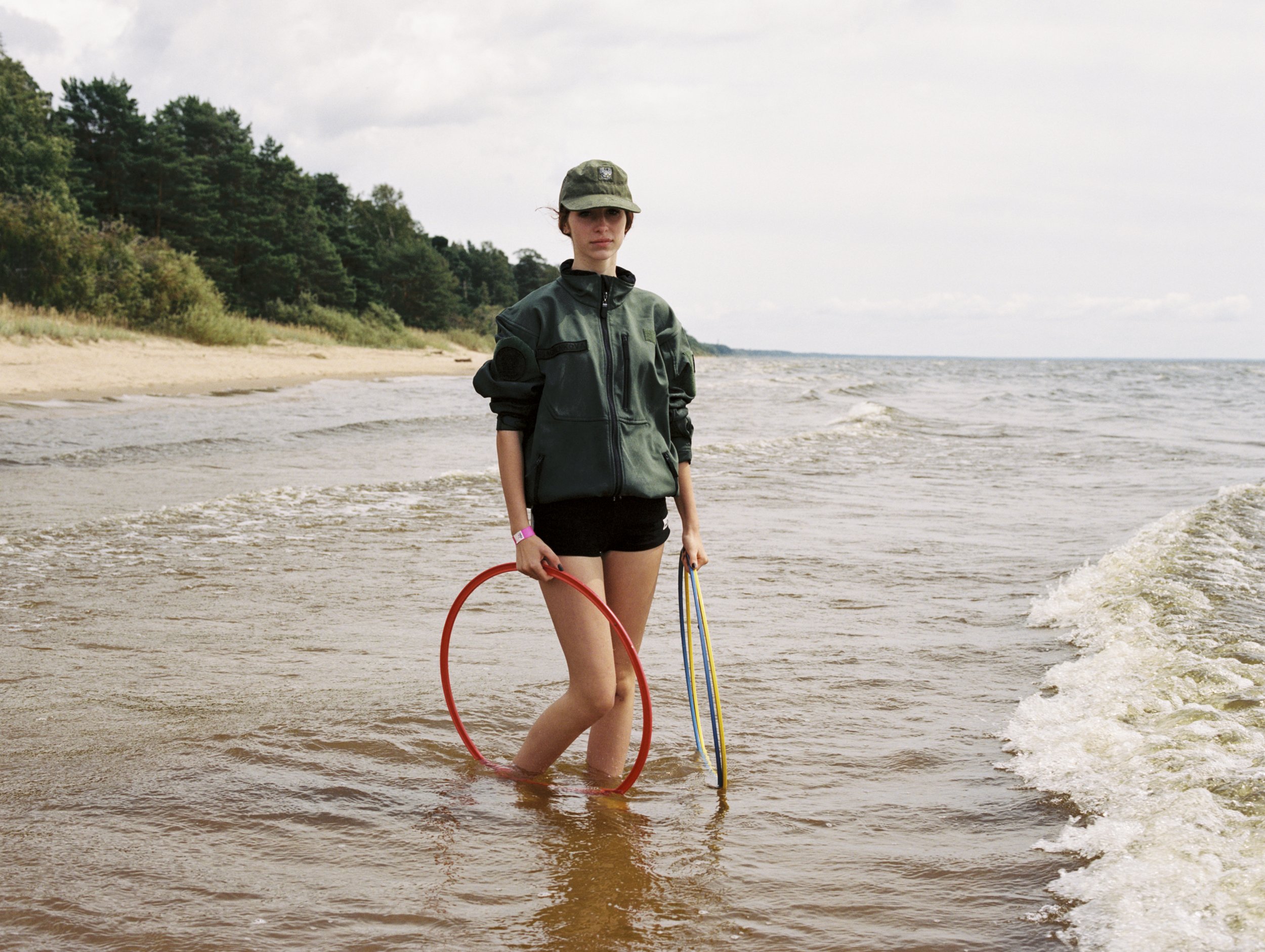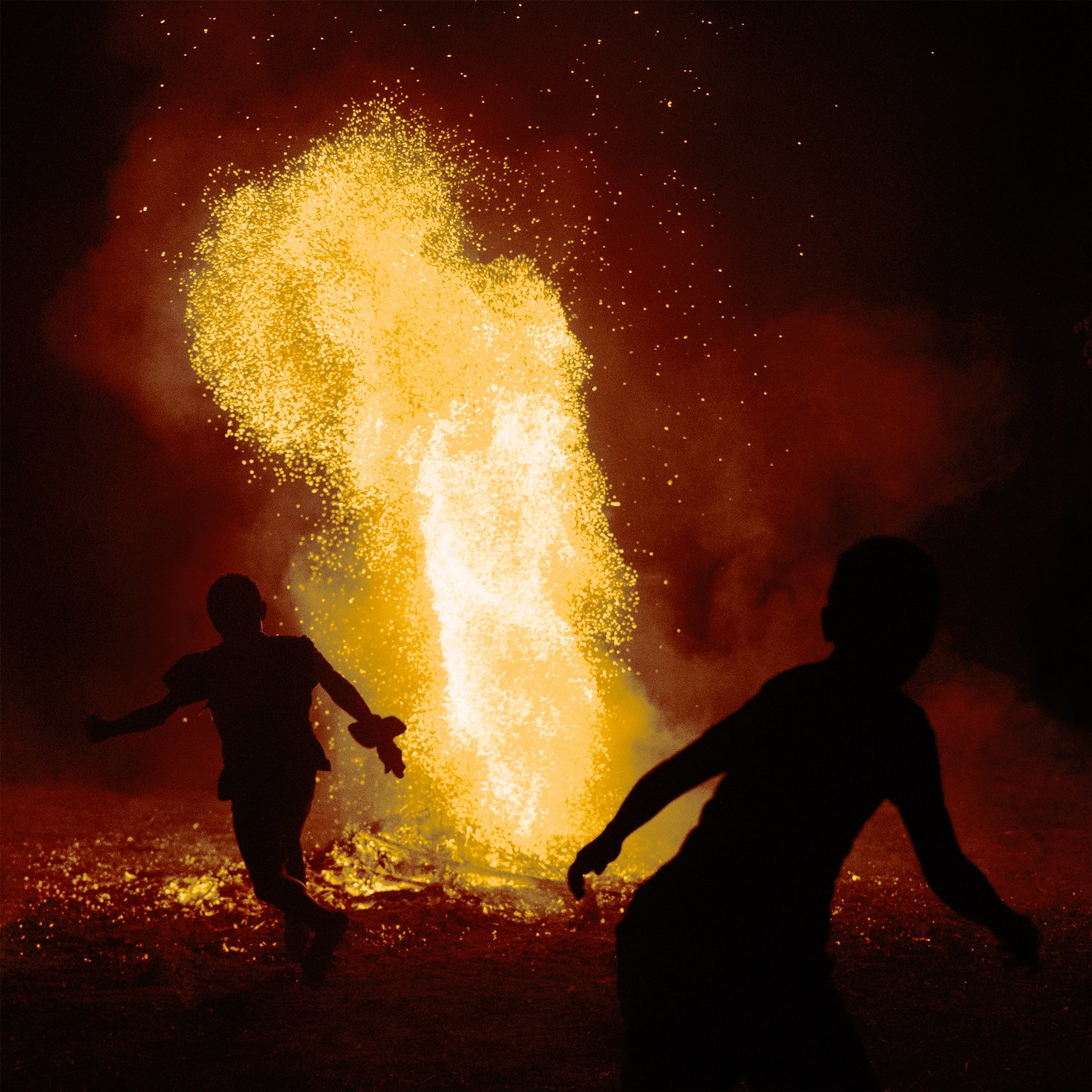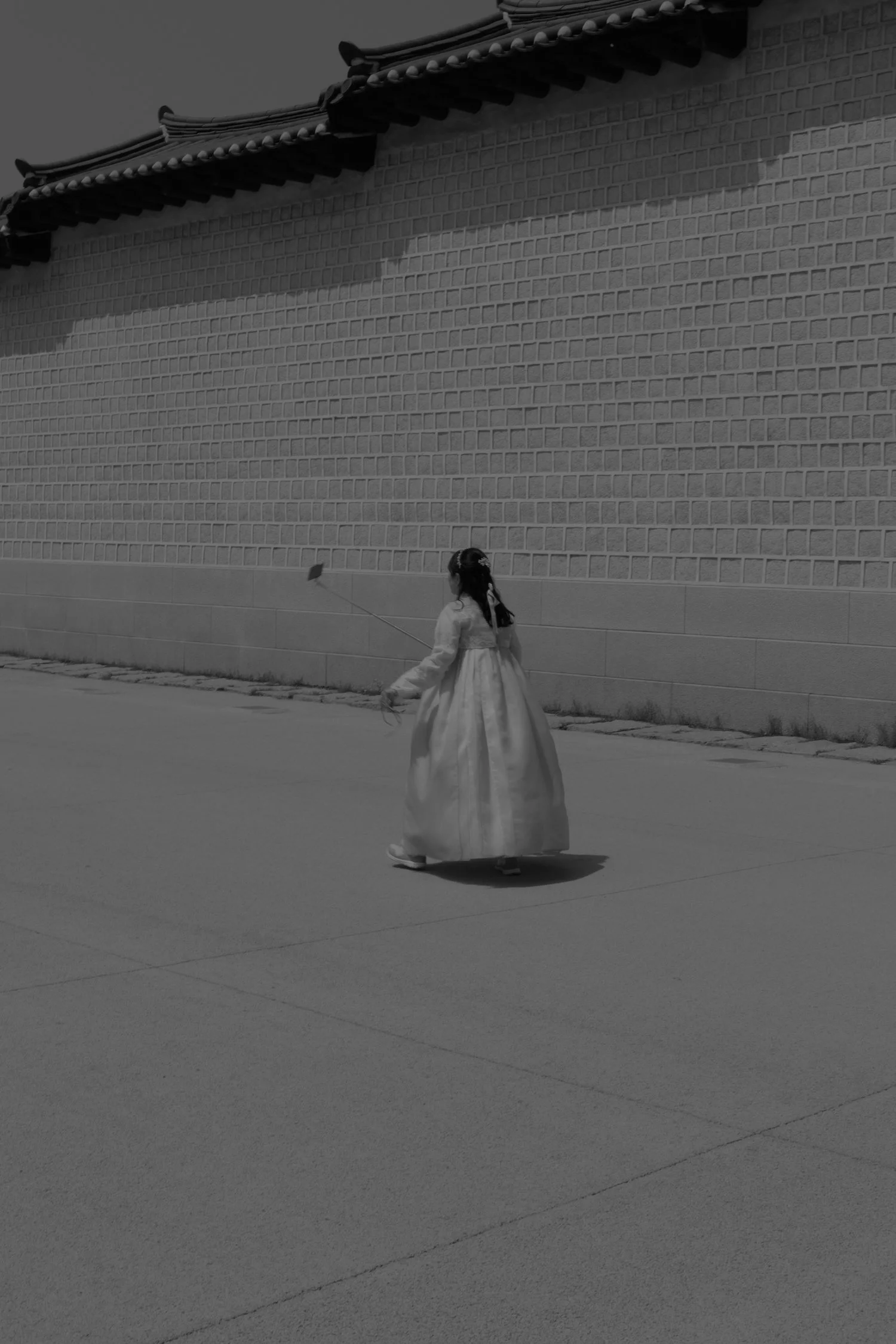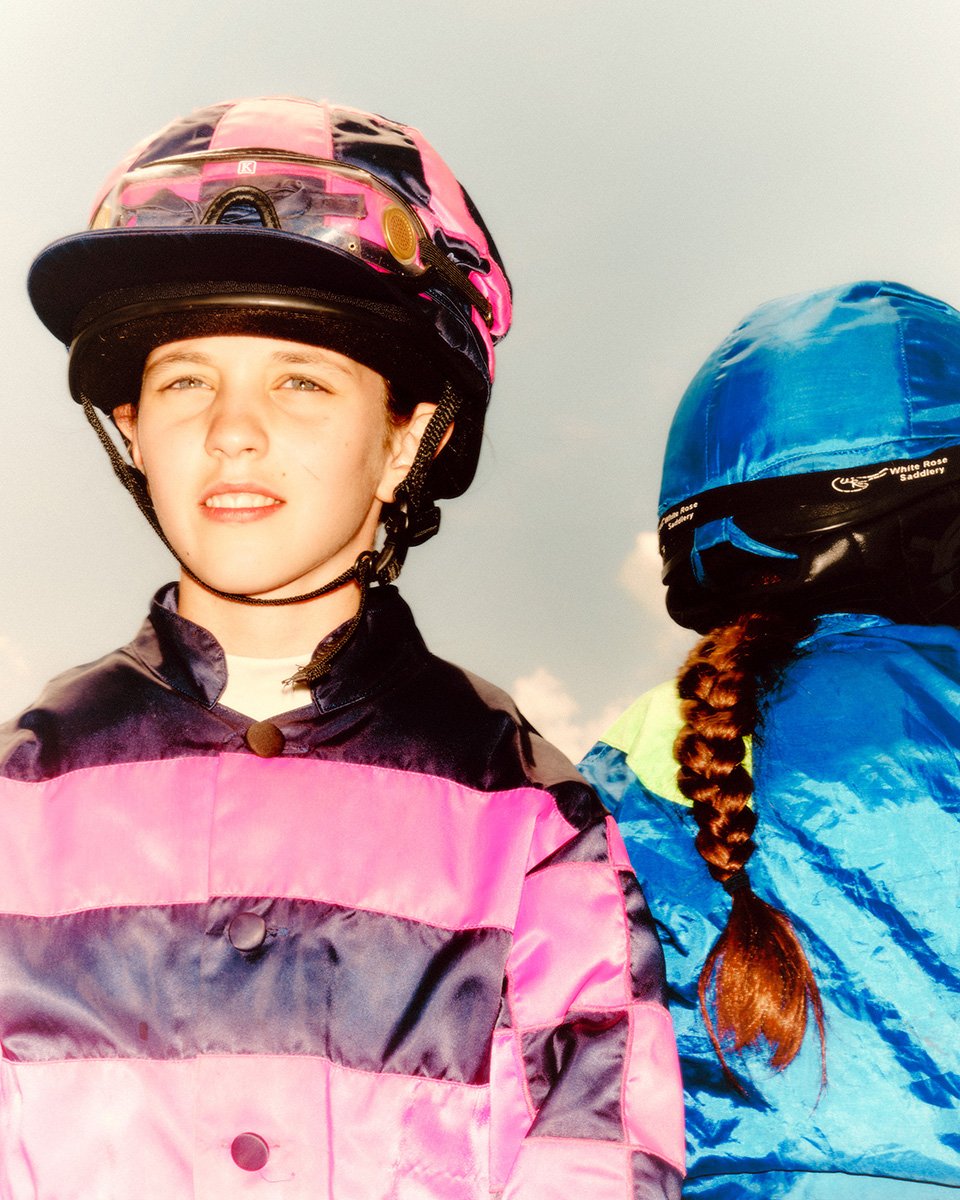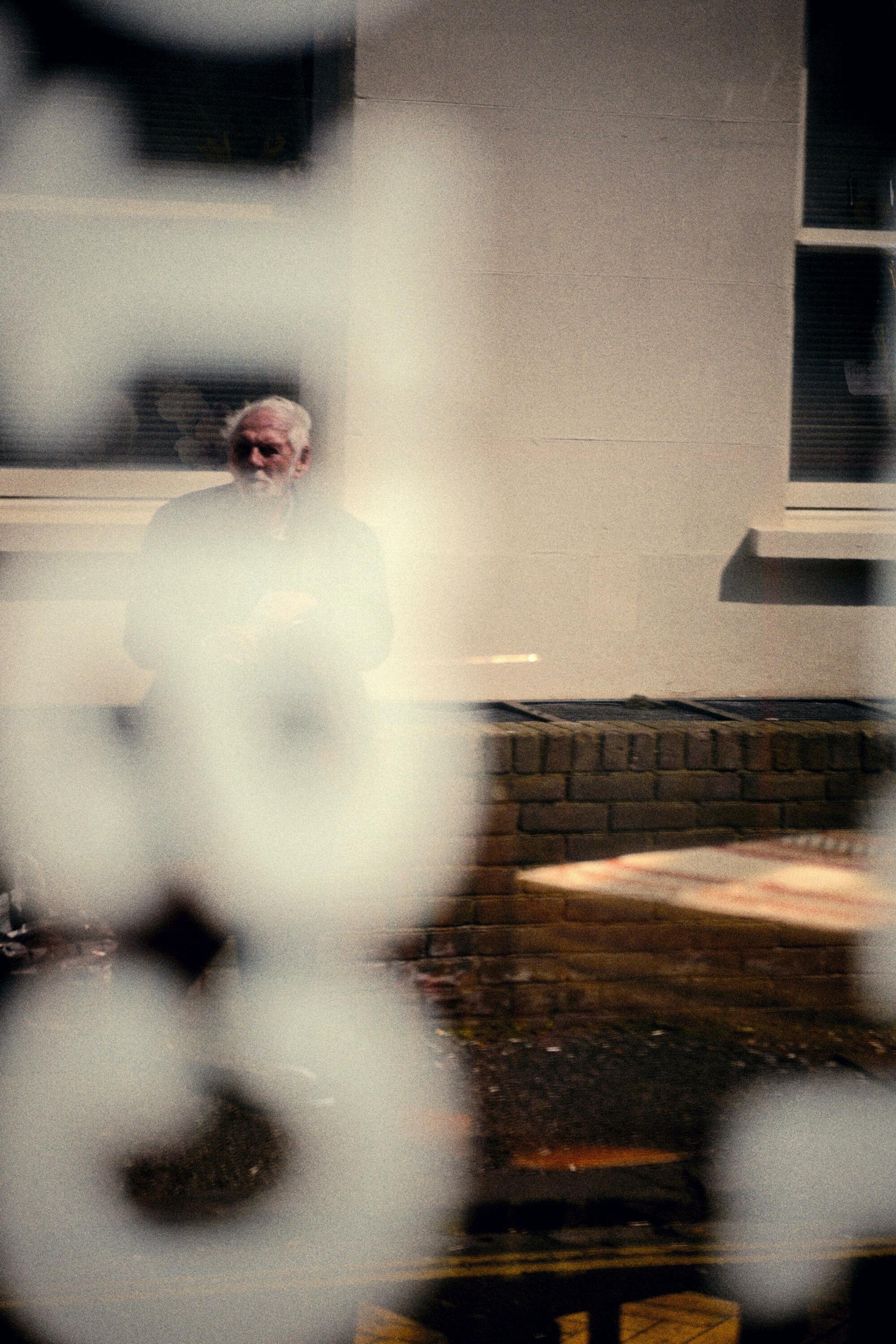They put a spell on us
A field, the woods or a churchyard – photographer Camila Almeida documents places in Scotland where once women lived who were accused of witchcraft, trialed and executed. Working together with the campaign Witches of Scotland, she created a set of images combining portraits and landscapes. An approach known as ‘late photography’ helps her to revisit a series of events which took place between 1563 and 1736 under the Witchcraft Act in Scotland.
Text and Photography Camila AlmeidaJonet Tailor – Dunfermline, Fife
Investigation Date: 11/03/1643
Gender: female
In 1563 the Witchcraft Act was brought into law in Scotland, and remained in law till 1736. The vast majority of those accused, some 84%, were women. An estimated 3837 people were accused of witchcraft in Scotland and two thirds of those, approximately 2558 people, were executed.
Scotland killed 5 times as many people as witches than elsewhere in Europe. During this time witchcraft was a capital crime and those convicted of witchcraft were strangled to death and then burned at the stake so as to leave no body to bury.
“Scotland killed 5 times as many people as witches than elsewhere in Europe.”
When accused of witchcraft, people were locked up awaiting trial and tortured to confess. Confession to allegations of witchcraft were routinely obtained by torture, both physical and mental. The stripping and pricking of women was common, as was sleep deprivation – keeping people awake until they confessed.
Most confessed and that was used as the basis for their conviction.
Clearly these figures are an estimate, but they give an impression of how many women and men suffered this terrible injustice and lost their lives.
Cathrin Vas – Costorphine, Edinburgh
Investigation Date: 01/08/1649
Gender: female
Claire Mitchell QC, lawyer specialised in miscarriages of justice and one of the founders of the Campaign Witches of Scotland, photographed in Dundee
Zoe Venditozzi – Teacher and Writer, co-founder of Witches of Scotland Campaign
Anna Law – Dunning, Perth
Investigation Date: 17/05/1662
Gender: female
King James the VI of Scotland (1566 – 1625) considered himself an expert in witchcraft. He was obsessed with it and wrote the book “Daemonologie” (1597), which was a book about witchcraft and other occult matters. His obsession helped to fuel the Scottish “satanic panic”.
He attended the North Berwick Witch Trials where one of the complaints was that witchcraft had been used to create storms to cause a bad crossing for James’ ship across the ocean.
Agnes Gray – North Berwick, East Lothian
Investigation Date: 27/07/1650
Gender: female
Barbara Horniman – Falkland, Fife
Investigation Date: 11/06/1661
Gender: female
Fife Council archaeologist Douglas Speirs, photographed next to Lilias Adie gravestone in Fife
One of the most poignant case of witch hunting, Fife Council archaeologist Douglas Speirs says, is the one of Lilias Adie – a poor woman accused of witchcraft who died in custody in Torryburn, West Fife, in 1704.
After she confessed to being a witch and having sex with the devil, she died in prison before she could be tried, sentenced and burned.
So the God-fearing locals buried her deep in the sticky, sopping wet mud of the foreshore – between the high tide and low tide mark – and they put a heavy flat stone over her.
“She was buried on the foreshore to prevent Satan from re-animating her dead corpse.”
“Lilias’ story would be lost amongst the hundreds of similar cases in 17th/18th century Scotland if it were not for the fact that she was buried in the inter-tidal zone under a big slab of sandstone,” says Mr Speirs.
She was buried on the foreshore to prevent Satan from re-animating her dead corpse. The minister was keen to prevent her from climbing out of her grave and terrorising him and the local community who condemned her to death. This is Scotland’s only known revenant (‘to return’) grave.
Lillias Adie – Torryburn, Dunfermline
Investigation Date: 12/07/1704
Gender: female
The Witches of Scotland (WoS) Campaign was launched on International Women’s Day 2020, by Claire Mitchell QC and Zoe Venditozzi.
The campaign has 3 aims:
• to obtain a pardon for those convicted as witches under the Witchcraft Act 1563,
• to obtain an apology for all those accused and
• to obtain a national memorial to remember those killed as witches.
Helen Eliot – Culross, Fife
Investigation Date: 11/06/1684
Gender: female
Issobell Key – St Andrews, Fife
Investigation Date: 18/01/1667
Gender: female
Margaret Hamilton – Bo’ness, Falkirk
Investigation Date: 24/11/1679
Gender: female
WoS campaign takes inspiration from the most famous witch trials, the ones of Salem. Approximately 200 people were accused, a much smaller number than the Scottish one.
Salem has, between 1711 and 2001, “reversed the conviction” of all of those killed as witches. In 1992 a resolution was passed by the Massachusetts House of Representatives honouring those who had died. A memorial park was created in Salem for those who had died and stone seats for each of those who were executed were set in the park.
“Salem has, between 1711 and 2001, “reversed the conviction” of all of those killed as witches.”
WoS lodged a public petition with the Petition’s Committee asking for the aims of the campaign to be met, which gained thousands signatures of support from home and abroad. The Scottish Government responded to the petition in March of 2021 and stated “The Scottish Government acknowledges that those accused and convicted of the offence of witchcraft were women who faced discrimination and had very little protection in law from allegations of criminality including witchcraft.”
It also accepted “There are clearly similarities between the injustices of those convicted in a discriminatory manner for same-sex sexual activity and the injustices of women classed as witches many centuries ago which could justify legislative steps being taken in this area.”
The Petition Committee is to meet soon to discuss the matter again.
“Unfortunately, witchcraft accusations are far from being a phenomenon of the past.”
Unfortunately, witchcraft accusations are far from being a phenomenon of the past. In July of 2021 the United Nations passed an historic resolution calling on countries to address their witchcraft accusation problems. In the 21st century vulnerable people, usually women, children and elders are still suffering the terrible fate of being accused as a witch.
Jonet Airth – pothole, Perth
Investigation Date: 07/05/1662
Gender: female
About Camila
Camila is a documentary photographer, born in Brazil, and now based in London. Her story with photography began whilst studying her degree in Sociology at Sao Paulo's University. She is currently studying for a Masters degree in Photojournalism and Documentary Photography at the London College of Communication/UAL. Her work aims to explore and foment discussions related to identity, gender and social issues.
To see more of her work, visit her website or follow her on Instagram














